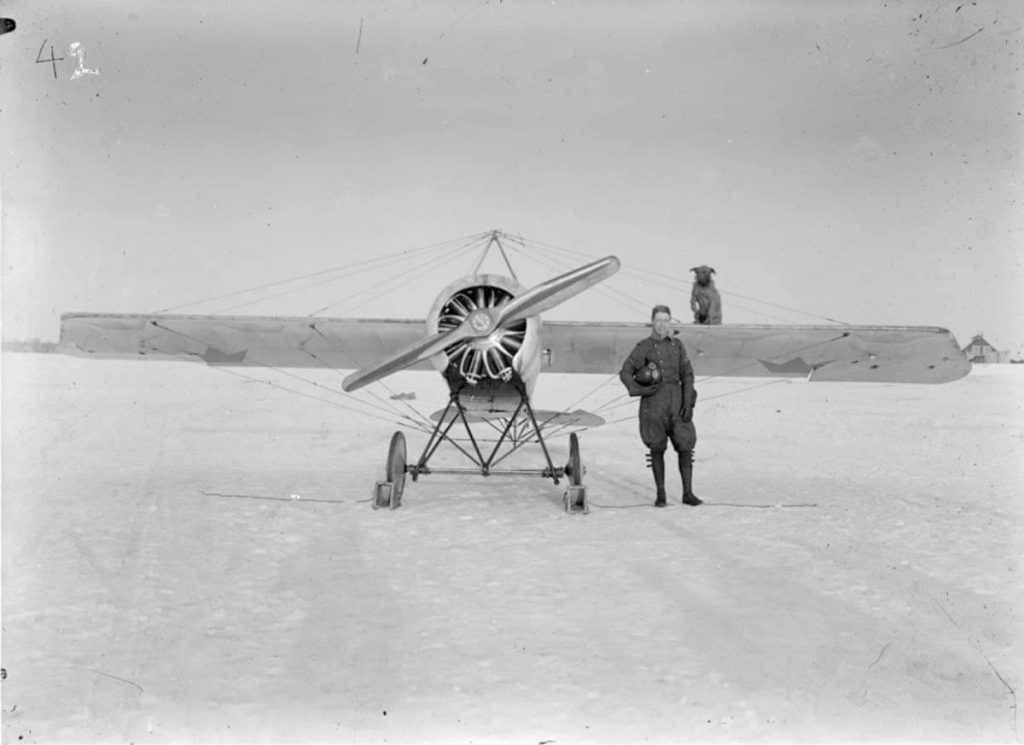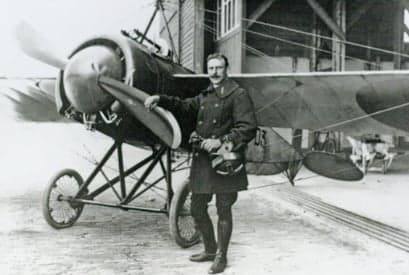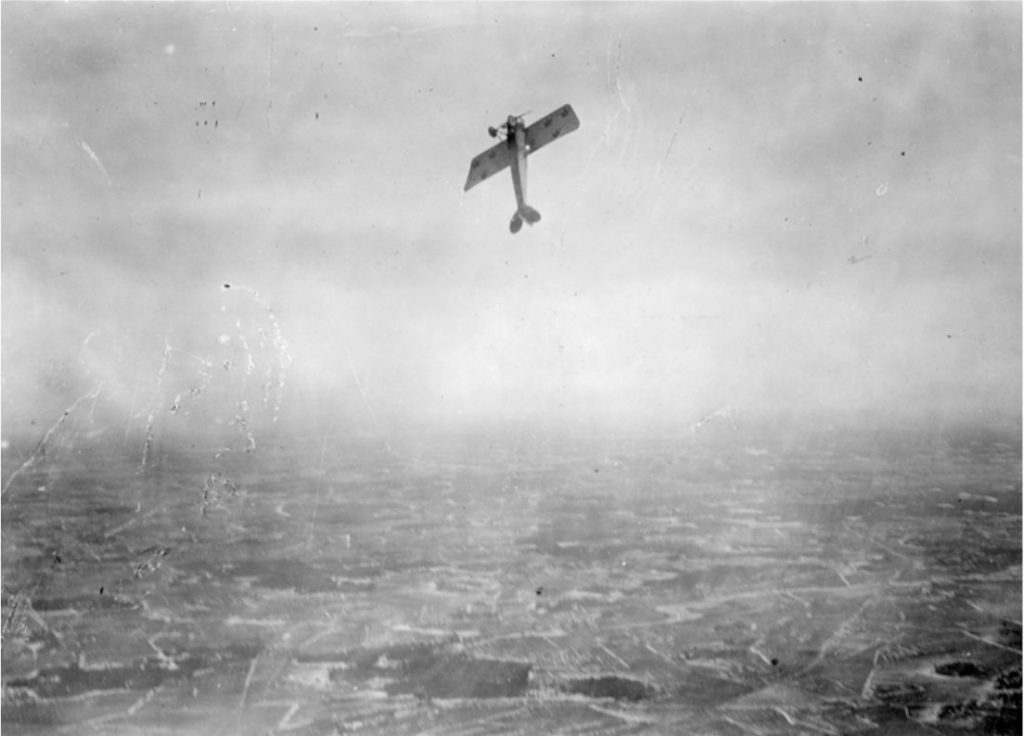Please refer to the documentation section.
Sweden was not part of WW1 and neither the army nor the marine saw any reason to use anything but trainers and reconnaissance aircraft. Nevertheless the Army Flying Corps eventually saw a need for advanced training and ordered two Thulin K fighters, the first fighter to be designed by the Thulin engineers. The time between order and delivery was extreley short mainly because the type was basically a mix of earlier Thulin types. Thulin B wings and Thulin D fuselage. Tail surfaces were more rounded and the cowl was slightly changed. Two different set of wings were used; 14 or 16 m2.
The design was in fact obsolete as a fighter but thanks to its low weight and good manoeuvrability it became popular among its pilots.
Please refer to the documentation section.
Sweden was not part of WW1 and neither the army nor the marine saw any reason to use anything but trainers and reconnaissance aircraft. Nevertheless the Army Flying Corps eventually saw a need for advanced training and ordered two Thulin K fighters, the first fighter to be designed by the Thulin engineers. The time between order and delivery was extreley short mainly because the type was basically a mix of earlier Thulin types. Thulin B wings and Thulin D fuselage. Tail surfaces were more rounded and the cowl was slightly changed. Two different set of wings were used; 14 or 16 m2.
The design was in fact obsolete as a fighter but thanks to its low weight and good manoeuvrability it became popular among its pilots.
In Sweden the K:s were unarmed, however it is possible that armed tests were performed.
The Dutch Marine ordered a squadron of Thulin K:s and armed them with two synchronized Madsen 8 mm guns.
They also performed tests with a 20 mm automatic cannon!
They also ordered 3 Thulin KA, 2-seat version of the K, for training purposes.
The last K (or rather KA) to be produced became Enoch Thulin´s personal aircraft.
Initially the K was not equipped with ailerons but used wing warping instead as on the Thulin A, B and D as well as the Fokker Eindekker.
It also had a single elevator surface and no stabilisator.
The army, however, modified their aircraft and installed balanced ailerons and balanced elevators with stabilisators and Enoch Thulin soon followed their initiative. The modification seems to have worked out fine on the army´s aircraft, however Thulin reported severe problems with aileron vibrations in high g dives and it is a complete mystery why he continued with these manouvres. On a practice flight on May 14 1919, in a high g spiral dive, the right aileron was torn from its wing and the control wire snapped or was pulled out of its sockets, inside the cockpit. The ailerons had no external control horns, instead its axle ran all the way into the cockpit were it was connected to control horns inside the cockpit. This was no new design for Thulin, it was used on Thulin N as well as on many aircraft in Germany and France. This means the control wire was run around inside the cockpit, completely surrounding the pilot. When the wire snapped it´s not unlikely that the seat belt was cut since Thulin was thrown out of the cockpit soon after the aileron came loose. Its also possible that the wire injured Thulin or even killed him. What caused the vibrations is unclear. The aileron solution was well known technology for Thulin and Lt Rodéhn was known for stunting the Flying Corps´ Thulin K intensively and without problems. An assembly error?
A couple of reports have been written about the cause of the crash, but they both contains small errors meaning the conclusions are somewhat ambigious.



